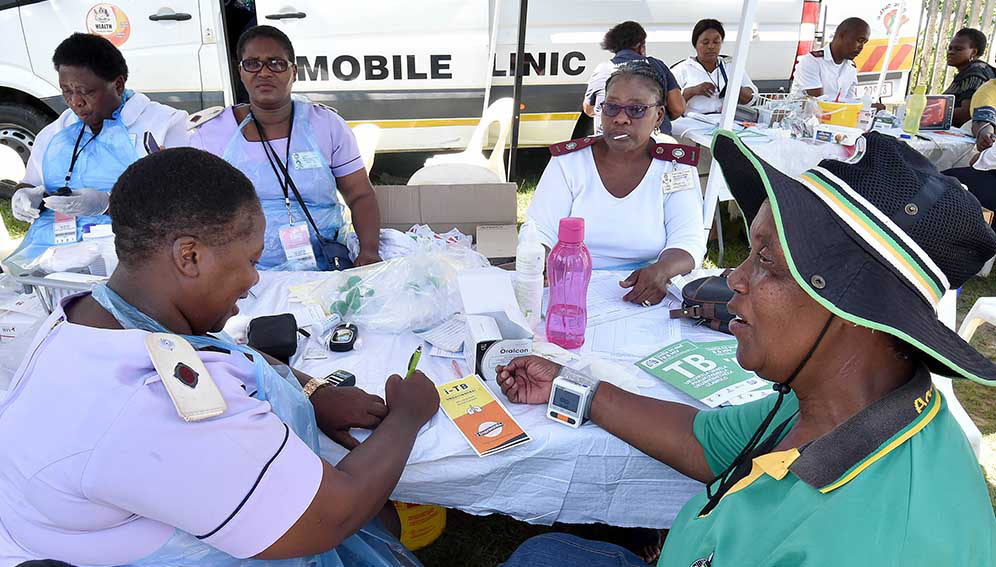(SciDev.Net) – The World Health Organization (WHO) last Tuesday issued new recommendations to tackle tuberculosis (TB), a respiratory disease, in the wake of coronavirus spreading across continents.
To coincide with World Tuberculosis Day, the WHO sent a stark reminder that TB remains the world’s most dangerous infectious disease, with 1.5 million deaths from the 10 million registered cases in 2018.
WHO chief Tedros Adhanom Ghebreyesus says he hopes renewed attention will be paid to tackling such diseases, as the coronavirus pandemic demonstrates their impact on people with poor health.
“COVID-19 is highlighting just how vulnerable people with lung diseases and weakened immune systems can be,” he says.
Non-profit Partners In Health (PIH), a member of the end TB project operating across the global South, says the health community must consider what lessons from the TB fight can be used to treat and prevent COVID-19.
“To stop COVID-19, we can use many of the same tools needed to fight TB: infection control, contact tracing, telemedicine, and psychosocial support,” PIH says.
Unlike coronavirus, tuberculosis is spread via bacteria. But both diseases affect the lungs, causing breathing difficulties, fever and, if they become chronic, dangerous scarring of the lungs.
To mark World TB Day 2020, the WHO updated its recommendations on treating and, ultimately, eradicating tuberculosis around the globe. The organisation says it wants to shift its focus from dealing with tuberculosis hotspots to scaling up preventative treatment.
This will focus on households with a tuberculosis patient, those living with HIV and those with lower immunity. Just like COVID-19, tuberculosis is more dangerous to people with pre-existing health conditions and is spread via sneezes and coughs.
Ending tuberculosis is part of the third Sustainable Development Goal on ensuring good health and well-being. The United Nation’s political goal is to achieve a 90 per cent reduction of tuberculosis deaths by 2030.
Globally, South-East Asia is most affected by the disease, with 44 per cent of tuberculosis patients, compared to 24 per cent in Africa. India alone is home to 27 per cent of all people with TB.
Everyone living with a tuberculosis patient should be screened for active TB, the WHO now says, and if they are not infected they should be put on preventative treatment. People with HIV and children under five should have access to treatment regardless of whether they can be regularly screened for the disease.
Preventative tuberculosis treatment consists of daily administration of a drug called isoniazid, which must continue for about six months. However, this can be difficult for people in poor and rural settings.
The WHO now recommends that patients at risk of tuberculosis be put on drug regimens that better suit their situations — ranging from a one-month course of rifapentine to three or four-month courses of rifapentine or rifampicin, in combination with isoniazid.
“The new WHO guidance shows the way forward for millions to rapidly access shorter, safer options for preventive treatment,” says Tereza Kasaeva, the director of the WHO’s global tuberculosis programme.
The WHO adds that pre-emptive TB treatment can prevent people from slipping into poverty. As more drugs come onto the market and prices drop, preventative treatment will become “a highly cost-effective way to save millions of lives,” the organization says.





